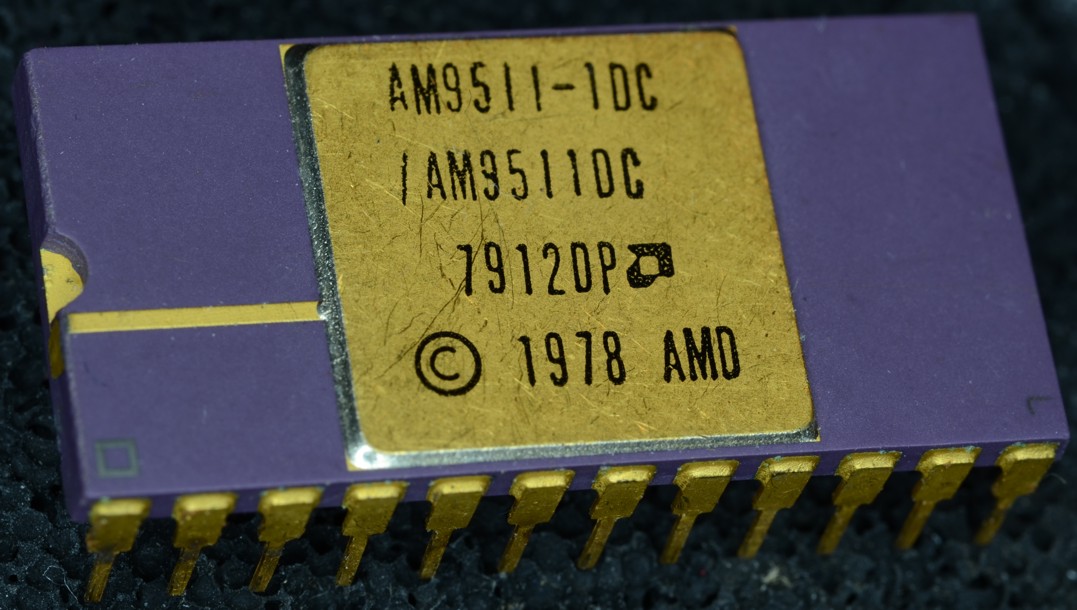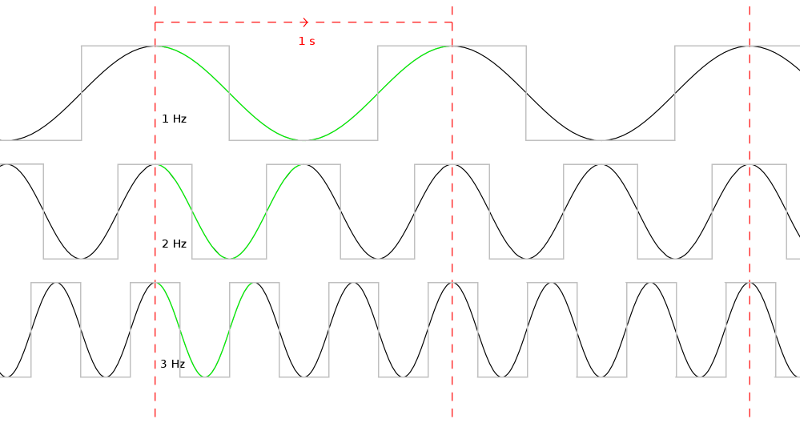|
Blitter Object
A Bob (contraction of ''Blitter object'') is a graphical element (GEL) used by the Amiga computer. Bobs are hardware sprite-like objects, movable on the screen with the help of the blitter coprocessor. The AmigaOS GEL system consists of VSprites, Bobs, AnimComps (''animation components'') and AnimObs (''animation objects''), each extending the preceding with additional functionality. While VSprites are a virtualization of hardware sprites Bobs are drawn into a playfield by the blitter, saving and restoring the background of the GEL as required. The Bob with the highest video priority is the last one to be drawn, which makes it appear to be in front of all other Bobs. In contrast to hardware sprites Bobs are not limited in size and number. Bobs require more processing power than sprites, because they require at least one DMA memory copy operation to draw them on the screen. Sometimes three distinct memory copy operations are needed: one to save the screen area where the Bob woul ... [...More Info...] [...Related Items...] OR: [Wikipedia] [Google] [Baidu] |
Amiga
Amiga is a family of personal computers produced by Commodore International, Commodore from 1985 until the company's bankruptcy in 1994, with production by others afterward. The original model is one of a number of mid-1980s computers with 16-bit or 16/32-bit processors, 256 KB or more of RAM, mouse-based GUIs, and significantly improved graphics and audio compared to previous 8-bit systems. These include the Atari ST as well as the Macintosh 128K, Macintosh and Acorn Archimedes. The Amiga differs from its contemporaries through custom hardware to accelerate graphics and sound, including sprite (computer graphics), sprites, a blitter, and four channels of sample-based audio. It runs a pre-emptive multitasking operating system called AmigaOS, with a desktop environment called Workbench (AmigaOS), Workbench. The Amiga 1000, based on the Motorola 68000 microprocessor, was released in July 1985. Production problems kept it from becoming widely available until early 1986. While ... [...More Info...] [...Related Items...] OR: [Wikipedia] [Google] [Baidu] |
Sprite (computer Graphics)
In computer graphics, a sprite is a Plane (mathematics), two-dimensional bitmap that is integrated into a larger scene, most often in a 2D video game. Originally, the term ''sprite'' referred to fixed-sized objects composited together, by hardware, with a background. Use of the term has since become more general. Systems with hardware sprites include arcade video games of the 1970s and 1980s; game consoles including as the Atari VCS (1977), ColecoVision (1982), Nintendo Entertainment System, Famicom (1983), Sega Genesis, Genesis/Mega Drive (1988); and home computers such as the TI-99/4 (1979), Atari 8-bit computers (1979), Commodore 64 (1982), MSX (1983), Amiga (1985), and X68000 (1987). Hardware varies in the number of sprites supported, the size and colors of each sprite, and special effects such as scaling or reporting pixel-precise overlap. Hardware composition of sprites occurs as each scan line is prepared for the video output device, such as a cathode-ray tube, without i ... [...More Info...] [...Related Items...] OR: [Wikipedia] [Google] [Baidu] |
Blitter
A blitter is a circuit, sometimes as a coprocessor or a logic block on a microprocessor, dedicated to the rapid movement and modification of data within a computer's memory. A blitter can copy large quantities of data from one memory area to another relatively quickly, and in parallel with the CPU, while freeing up the CPU's more complex capabilities for other operations. A typical use for a blitter is the movement of a bitmap, such as windows and icons in a graphical user interface or images and backgrounds in a 2D video game. The name comes from the bit blit operation of the 1973 Xerox Alto, which stands for bit-block transfer. A blit operation is more than a memory copy, because it can involve data that's not byte aligned (hence the ''bit'' in ''bit blit''), handling transparent pixels (pixels which should not overwrite the destination), and various ways of combining the source and destination data. Blitters have largely been superseded by programmable graphics process ... [...More Info...] [...Related Items...] OR: [Wikipedia] [Google] [Baidu] |
Coprocessor
A coprocessor is a computer processor used to supplement the functions of the primary processor (the CPU). Operations performed by the coprocessor may be floating-point arithmetic, graphics, signal processing, string processing, cryptography or I/O interfacing with peripheral devices. By offloading processor-intensive tasks from the main processor, coprocessors can accelerate system performance. Coprocessors allow a line of computers to be customized, so that customers who do not need the extra performance do not need to pay for it. Functionality Coprocessors vary in their degree of autonomy. Some (such as FPUs) rely on direct control via coprocessor instructions, embedded in the CPU's instruction stream. Others are independent processors in their own right, capable of working asynchronously; they are still not optimized for general-purpose code, or they are incapable of it due to a limited instruction set focused on accelerating specific tasks. It is common for these to b ... [...More Info...] [...Related Items...] OR: [Wikipedia] [Google] [Baidu] |
AmigaOS
AmigaOS is a family of proprietary native operating systems of the Amiga and AmigaOne personal computers. It was developed first by Commodore International and introduced with the launch of the first Amiga, the Amiga 1000, in 1985. Early versions of AmigaOS required the Motorola Motorola 68000 family, 68000 series of 16-bit and 32-bit microprocessors. Later versions, after Commodore's demise, were developed by Haage & Partner (AmigaOS 3.5 and 3.9) and then Hyperion Entertainment (AmigaOS 4.0-4.1). A PowerPC microprocessor is required for the most recent AmigaOS 4-release. AmigaOS is a single-user operating system based on a preemptive multitasking kernel (operating system), kernel, called Exec (Amiga), Exec. It includes an abstraction of the Amiga's hardware, a disk operating system called ''AmigaDOS'', a windowing system Application programming interface, API called Intuition (Amiga), ''Intuition'', and a desktop environment and file manager called Workbench (AmigaOS), ''Workbenc ... [...More Info...] [...Related Items...] OR: [Wikipedia] [Google] [Baidu] |
Clock Rate
Clock rate or clock speed in computing typically refers to the frequency at which the clock generator of a processor can generate pulses used to synchronize the operations of its components. It is used as an indicator of the processor's speed. Clock rate is measured in the SI unit of frequency hertz (Hz). The clock rate of the first generation of computers was measured in hertz or kilohertz (kHz), the first personal computers from the 1970s through the 1980s had clock rates measured in megahertz (MHz). In the 21st century the speed of modern CPUs is commonly advertised in gigahertz (GHz). This metric is most useful when comparing processors within the same family, holding constant other features that may affect performance. Determining factors Binning Manufacturers of modern processors typically charge higher prices for processors that operate at higher clock rates, a practice called binning. For a given CPU, the clock rates are determined at the end of the manufact ... [...More Info...] [...Related Items...] OR: [Wikipedia] [Google] [Baidu] |
Direct Memory Access
Direct memory access (DMA) is a feature of computer systems that allows certain hardware subsystems to access main system computer memory, memory independently of the central processing unit (CPU). Without DMA, when the CPU is using programmed input/output, it is typically fully occupied for the entire duration of the read or write operation, and is thus unavailable to perform other work. With DMA, the CPU first initiates the transfer, then it does other operations while the transfer is in progress, and it finally receives an interrupt from the DMA controller (DMAC) when the operation is done. This feature is useful at any time that the CPU cannot keep up with the rate of data transfer, or when the CPU needs to perform work while waiting for a relatively slow I/O data transfer. Many hardware systems use DMA, including disk drive controllers, graphics cards, network cards and sound cards. DMA is also used for intra-chip data transfer in some multi-core processors. Computers that h ... [...More Info...] [...Related Items...] OR: [Wikipedia] [Google] [Baidu] |
Original Amiga Chipset
The Original Chip Set (OCS) is a chipset used in the earliest Commodore Amiga computers and defined the Amiga's graphics and sound capabilities. It was succeeded by the slightly improved Enhanced Chip Set (ECS) and the greatly improved Advanced Graphics Architecture (AGA). The original chipset appeared in Amiga models built between 1985 and 1990: the Amiga 1000, Amiga 2000, Amiga CDTV, and Amiga 500. Overview of chips The chipset which gave the Amiga its unique graphics features consists of three main "custom" chips: ''Agnus'', ''Denise'', and ''Paula''. Both the original chipset and the enhanced chipset were manufactured using NMOS logic technology by Commodore's chip manufacturing subsidiary, MOS Technology. According to Jay Miner, the OCS chipset was fabricated in 5 μm manufacturing process while AGA Lisa was implemented in 1.5 μm process. All three custom chips were originally packaged in 48-pin DIPs; later versions of Agnus, known as Fat Agnus, were ... [...More Info...] [...Related Items...] OR: [Wikipedia] [Google] [Baidu] |
Amiga APIs
Amiga is a family of personal computers produced by Commodore from 1985 until the company's bankruptcy in 1994, with production by others afterward. The original model is one of a number of mid-1980s computers with 16-bit or 16/32-bit processors, 256 KB or more of RAM, mouse-based GUIs, and significantly improved graphics and audio compared to previous 8-bit systems. These include the Atari ST as well as the Macintosh and Acorn Archimedes. The Amiga differs from its contemporaries through custom hardware to accelerate graphics and sound, including sprites, a blitter, and four channels of sample-based audio. It runs a pre-emptive multitasking operating system called AmigaOS, with a desktop environment called Workbench. The Amiga 1000, based on the Motorola 68000 microprocessor, was released in July 1985. Production problems kept it from becoming widely available until early 1986. While early advertisements cast the computer as an all-purpose business machine, esp ... [...More Info...] [...Related Items...] OR: [Wikipedia] [Google] [Baidu] |
Computer Graphics
Computer graphics deals with generating images and art with the aid of computers. Computer graphics is a core technology in digital photography, film, video games, digital art, cell phone and computer displays, and many specialized applications. A great deal of specialized hardware and software has been developed, with the displays of most devices being driven by graphics hardware, computer graphics hardware. It is a vast and recently developed area of computer science. The phrase was coined in 1960 by computer graphics researchers Verne Hudson and William Fetter of Boeing. It is often abbreviated as CG, or typically in the context of film as Computer-generated imagery, computer generated imagery (CGI). The non-artistic aspects of computer graphics are the subject of Computer graphics (computer science), computer science research. Some topics in computer graphics include user interface design, Sprite (computer graphics), sprite graphics, raster graphics, Rendering (computer graph ... [...More Info...] [...Related Items...] OR: [Wikipedia] [Google] [Baidu] |








